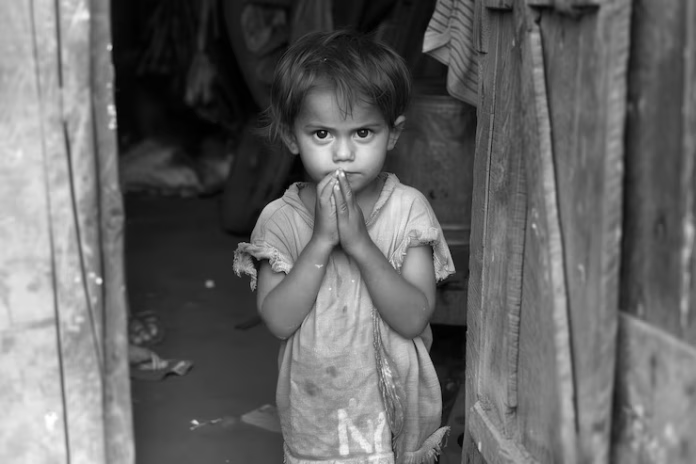1. Introduction
The legal system plays a crucial role in safeguarding the rights and dignity of children. With the advent of the Bharatiya Nyaya Sanhita (BNS), 2023, India has taken a decisive step towards reforming and modernising its criminal law. Among the noteworthy changes introduced in this legislation is a dedicated focus on protecting children from various forms of harm and exploitation. The BNS has made child protection more comprehensive and enforceable by streamlining and categorising these offences.
2. Historical Background and Legal Context
Prior to the BNS, child-related offences were scattered throughout the Indian Penal Code, 1860, often lacking coherence or sufficient clarity. There was no exclusive chapter dealing with crimes against minors. The fragmented structure made it difficult for both legal practitioners and enforcement agencies to uniformly interpret and apply the law.
The BNS corrects this gap by consolidating offences against children under a single chapter, bringing clarity, consistency, and stronger legal safeguards for minors, aligned with contemporary social and judicial needs.
3. Relevant Provisions in the BNS, 2023
Chapter V of the BNS (Sections 93 to 99) lays out explicit provisions to address crimes committed against children. Here’s a breakdown of the key sections:
- Section 93 – Deals with the abandonment or exposure of a child under 12 years by a parent or guardian, with the intent to desert. It is punishable with up to 7 years of imprisonment and/or a fine.
- Section 94 – Criminalizes the secret disposal of a deceased infant’s body in order to hide birth, punishable with imprisonment up to 2 years or fine or both.
- Section 95 – Prohibits hiring, using, or encouraging a child under 18 to engage in any criminal act. If the crime involves sexual exploitation or pornography, the penalties are significantly more severe—ranging from 3 to 10 years of imprisonment, along with a fine.
- Section 96 – Covers inducement or procurement of a child for illegal sexual activities. This offence is punishable with up to 10 years’ imprisonment and a fine.
- Section 97 – Addresses kidnapping or abducting a child under the age of 10 for the purpose of theft (i.e., stealing from the child). The offender can face up to 7 years of imprisonment along with a fine.
- Sections 98 & 99 – These sections criminalize the sale and purchase of a child for immoral purposes such as prostitution or forced intercourse. Both the seller and buyer can be punished with up to 10 years of imprisonment and a fine.
These provisions signify a more protective stance toward children, taking into account the modern-day realities of trafficking, abuse, and exploitation.
4. Landmark Judicial Observations
Although the BNS is a recent law, many of its provisions reflect long-standing judicial reasoning from earlier cases under the IPC:
- In Bachpan Bachao Andolan v. Union of India, the Supreme Court emphasized proactive state responsibility in preventing child labour and trafficking.
- Gaurav Jain v. Union of India laid down significant groundwork on child rehabilitation, especially of children rescued from brothels.
Such rulings continue to guide the interpretation of offences now restructured under the BNS.
5. Interpretation and Significance
The BNS not only consolidates earlier legal principles but also expands their scope. It recognizes children as vulnerable individuals who need special protection, especially from trafficking, sexual abuse, and criminal exploitation.
Notably, Section 95 addresses an emerging concern—children being manipulated or used as tools in criminal activities, including organized crimes or digital exploitation, which had limited legal recognition earlier.
6. Global Legal Comparisons
Many countries have evolved their legal systems to offer specialized protection to minors:
- In the United States, federal laws such as the Child Abuse Prevention and Treatment Act (CAPTA) offer targeted safeguards.
- The United Kingdom has a comprehensive Children Act that places duties on local authorities and courts to ensure child welfare.
The BNS brings Indian law closer to these international standards by codifying specific and enforceable offences against children in one coherent chapter.
7. Implementation Challenges
Despite its progressive framework, successful implementation of the BNS’s child protection clauses will depend on several factors:
- Training: Police, prosecutors, and judges must be well-versed in these updated provisions.
- Awareness: Public knowledge about child rights and these legal protections remains low.
- Resource Support: Rehabilitation, safe housing, and counseling for child victims need institutional backing.
Only through collaborative efforts between law enforcement, judiciary, and civil society can these legal provisions yield real-world impact.
8. Trends and Recent Developments
There is an evident trend in the Indian legal landscape toward stronger child protection laws. From the POCSO Act to juvenile justice reforms, India is now building a comprehensive ecosystem. The BNS complements this effort by addressing areas not fully covered under previous laws, such as child involvement in crime or exploitation through technology.
9. Recommendations and Way Forward
- Widespread legal literacy among communities, particularly parents, teachers, and caregivers.
- Dedicated child protection units in law enforcement agencies.
- Cross-sector collaboration between legal institutions, child welfare bodies, and NGOs.
- Regular review and updates of the law to respond to evolving threats, especially cybercrime involving minors.
10. Conclusion
The Bharatiya Nyaya Sanhita, 2023, represents a vital evolution in India’s criminal justice system. Its thoughtful and consolidated approach to offences against children demonstrates an understanding of the gravity of such crimes and the need for urgent, structured legal action. However, the true test of these reforms lies in how effectively they are applied and enforced in practice.
Also Read:
Rights of undertrial prisoners in India
How To Send A Legal Notice In India


